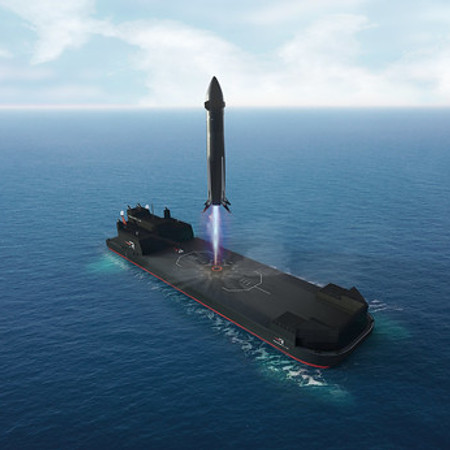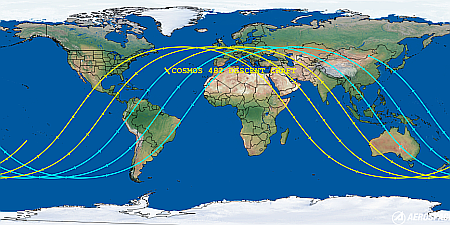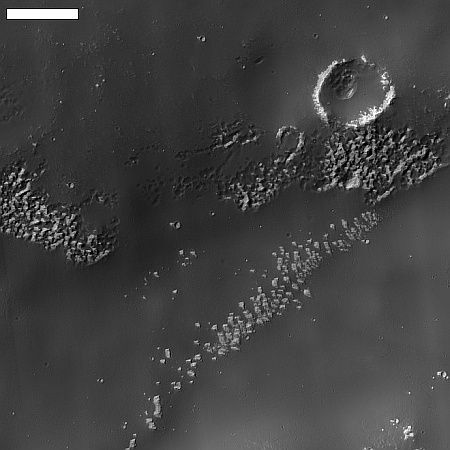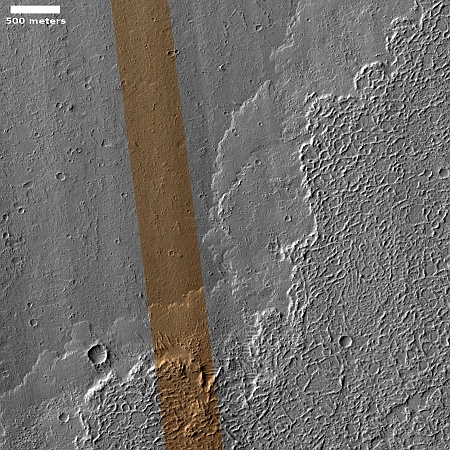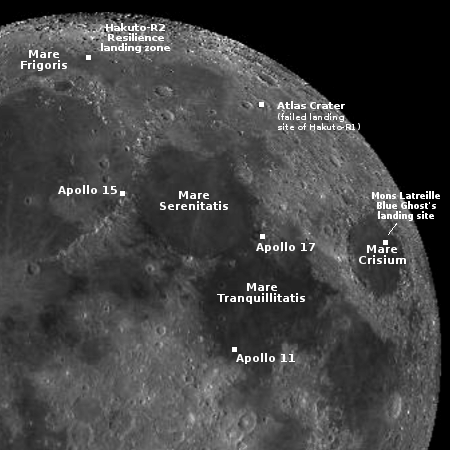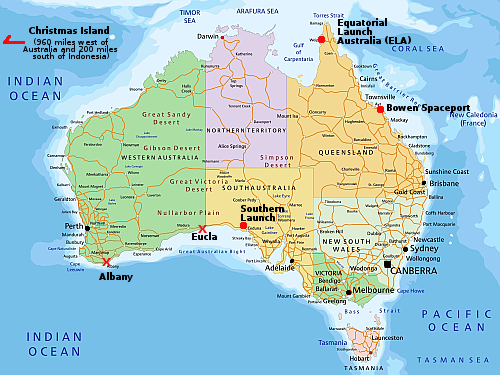May 9, 2025 Quick space links
Courtesy of BtB’s stringer Jay. This post is also an open thread. I welcome my readers to post any comments or additional links relating to any space issues, even if unrelated to the links below.
- Astronomers claim to have detected a star being destroyed by a black hole
I found all the actual data in the press releases of this story to be exceedingly confused and uncertain, but Jay thought it worth a quick link, especially because some news outlets are covering it.
- Video showing the moment Northrop Grumman’s Mission Extension Vehicle (MEV-1) undocked from Intelsat satellite
MEV-1 had docked to the satellite’s engine nozzle (useless because it was out of fuel) and acted as a service module to extend the satellite’s life by five years.
- Politico claims without proof that Trump will revive National Space Council
The claim might turn out true, but this “news article” contains no source from anyone in the Trump administration backing up the claim.
Courtesy of BtB’s stringer Jay. This post is also an open thread. I welcome my readers to post any comments or additional links relating to any space issues, even if unrelated to the links below.
- Astronomers claim to have detected a star being destroyed by a black hole
I found all the actual data in the press releases of this story to be exceedingly confused and uncertain, but Jay thought it worth a quick link, especially because some news outlets are covering it.
- Video showing the moment Northrop Grumman’s Mission Extension Vehicle (MEV-1) undocked from Intelsat satellite
MEV-1 had docked to the satellite’s engine nozzle (useless because it was out of fuel) and acted as a service module to extend the satellite’s life by five years.
- Politico claims without proof that Trump will revive National Space Council
The claim might turn out true, but this “news article” contains no source from anyone in the Trump administration backing up the claim.


